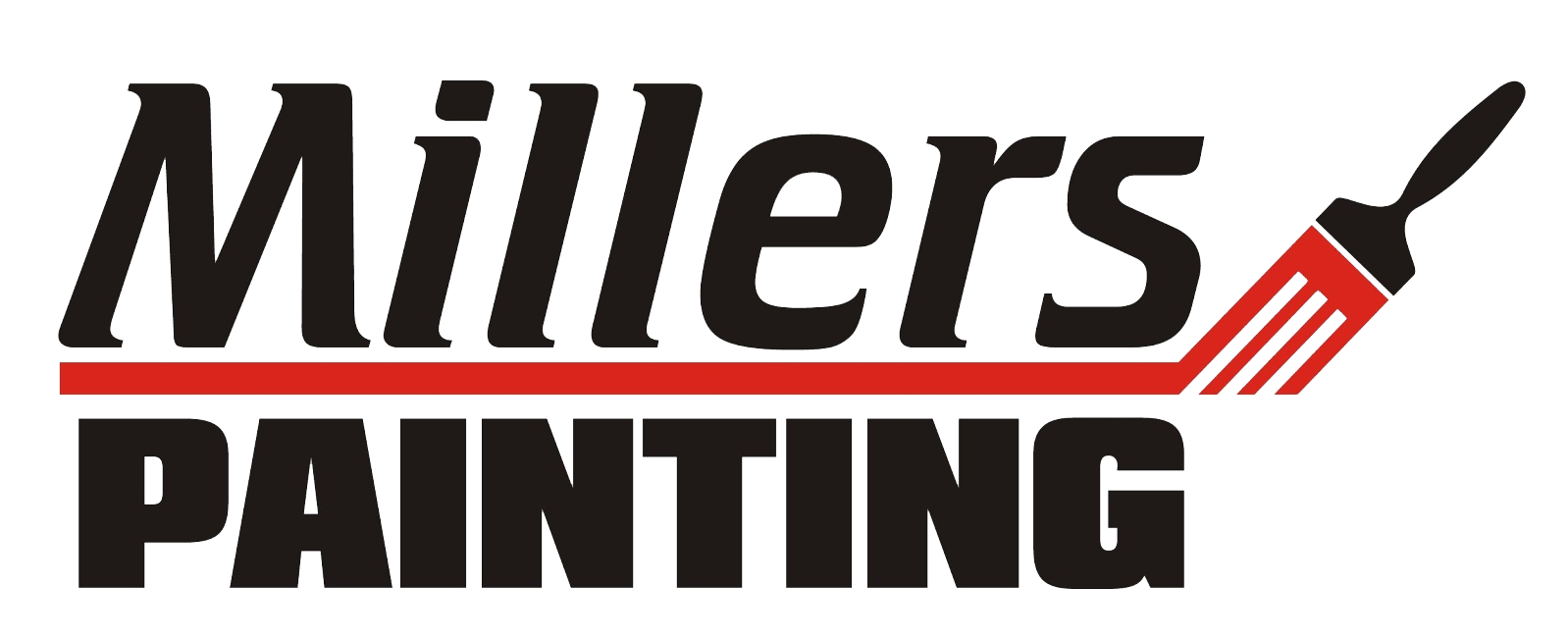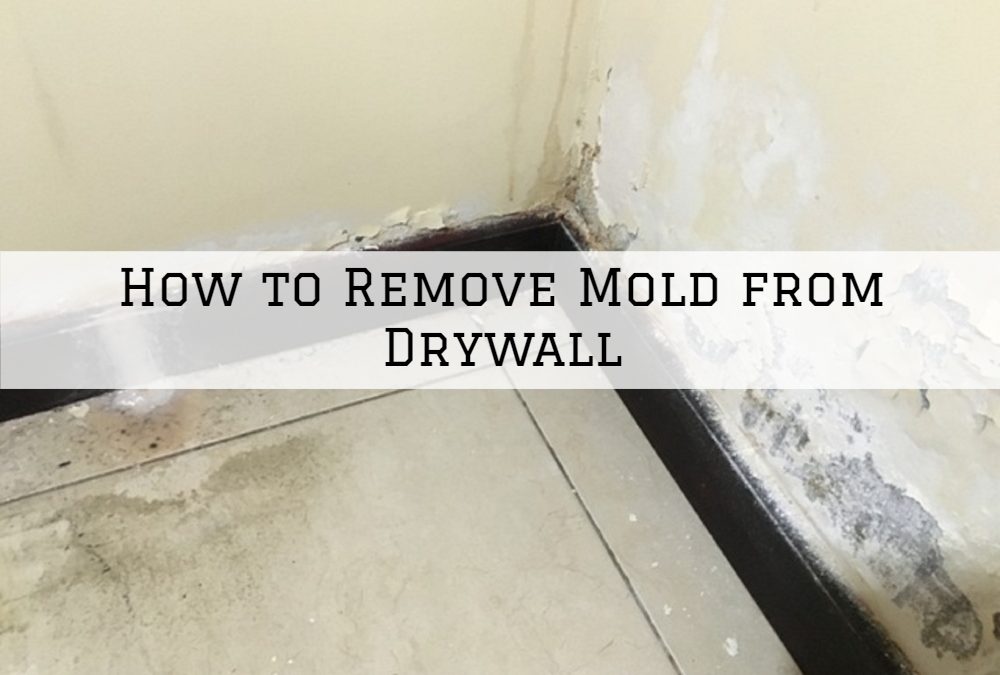How to Remove Mold from Drywall in Ottawa, Ontario
Mold can cause serious breathing problems and other illnesses and should be removed immediately if it is noticed.
The method of removing mold from drywall panels depends on whether the drywall panels are painted or not.
If so, cleaning with water and detergents should be sufficient.
If this is not the case, the infected section of the drywall board must be removed as it is too porous to be cleaned.
In today’s guide, we will be sharing quick steps on how to get rid of mold on drywall that was previously painted.
Here you go;
The Room Must Be Well Ventilated.
You may need to use chemical cleaners to remove mold.
Often these cleaners can be harmful if inhaled.
As a result, the doors and windows should remain open when working. It is also a good idea to run a ceiling fan or other electric fan.
Protect the Surrounding
Protect anything you don’t need to treat against the mold to prevent possible damage from accidental chemical spills.
Move furniture and decorations to the other side of the room or out of the room entirely. Cover the floor with newspaper or painter’s canvas.
You should have an old rag on hand to remove spills immediately.
Choose Detergent.
There are natural and chemical cleaning agents in different strengths. If you have small children or pets in the home, opt for milder, natural cleaners over powerful, chemical ones.
However, if you’re dealing with mold at an advanced stage, a more potent chemical might be required.
• Mix baking soda and water in a ratio of 1: 5: Baking soda is the gentlest and safest cleaning agent available and is usually used against mold.
• Use pure vinegar or mix it equally (50: 50) with water: Vinegar is a little stronger than baking soda, but also a natural remedy, and can be used safely in the environment of children and pets.
• Try a fragrance-free detergent: Since its smell most easily identifies mold, it is advisable to use a fragrance-free cleaning agent so as not to affect your sense of smell. Detergents can usually be used safely in a household with children and pets, even if they are a chemical product. Dilute the detergent with a small amount of water as directed on the label.
• Use bleach: Some sources recommend the use of bleach; others do not. Objections to bleach are primarily based on the potentially harmful fumes that are released when inhaled. Some also believe that you cannot necessarily rely on the effectiveness of bleach. Nevertheless, bleach is still one of the strongest and most effective cleaning agents against mold. Mix bleach and water in a 1: 3 ratio.
Spray a small amount of the liquid on the area affected by mold.
Do not soak the area as additional moisture may exacerbate the mold problem instead of eliminating it.
Spray the area thoroughly once or twice so that it is completely covered with the solution.
Scrub The Area With An Old Toothbrush.
A sponge with an abrasive side could also work. Scrub the area until discoloration or mold is no longer visible.
Since mold can develop if the area remains moist, direct an electric fan onto the surface so that it dries faster.
Apply an Insulating Paint
The best way to prevent mold from coming back is to apply an anti-mold, insulating paint to the surface. This could mean anything from repainting a small section of a wall to doing an entire interior painting.
Need Help Repainting Your Home Interior
Mold infection in a home is a delicate situation that needs to be handled with care and professionalism.
Once the mold has been removed from your walls or woodwork, you can now go ahead and repaint.
If you need professional help repainting or re-staining your home interior and restoring the mold damage, our team at Millers Painting Company can help.
We offer high-quality residential and commercial painting services in Kanata, Nepean, Barrhaven, and Westboro areas of Ottawa, Ontario.
To get started with us, book a FREE estimate or call us on 613-979-5435.
You May Also Like:


Recent Comments